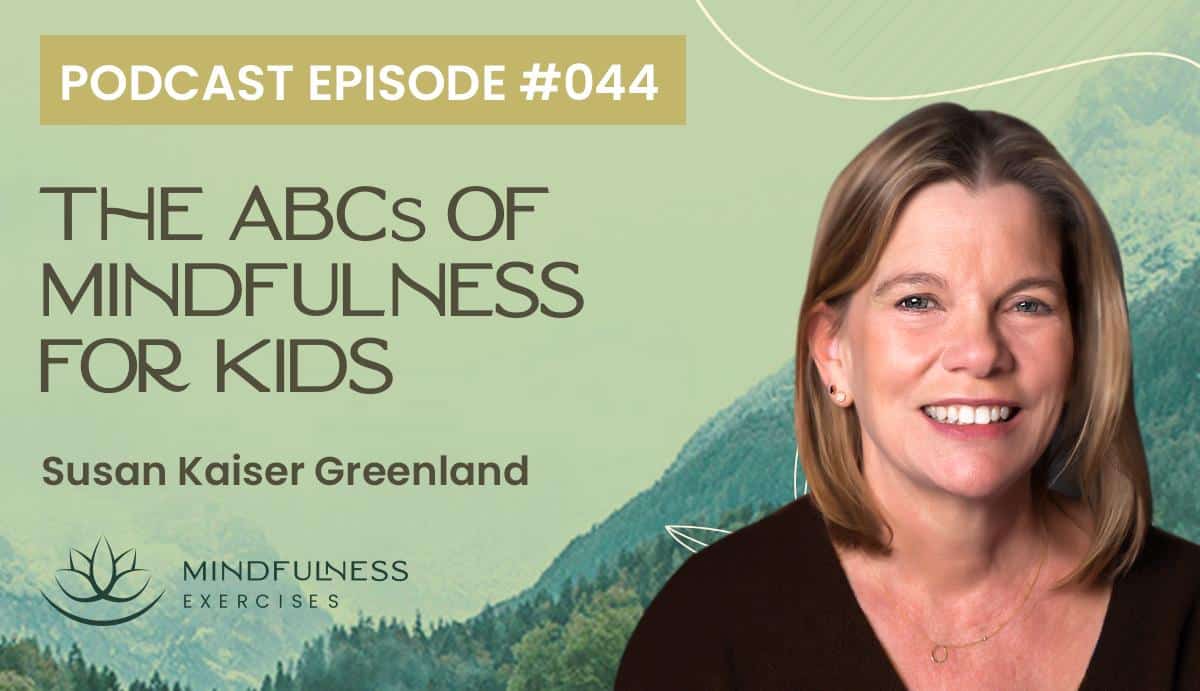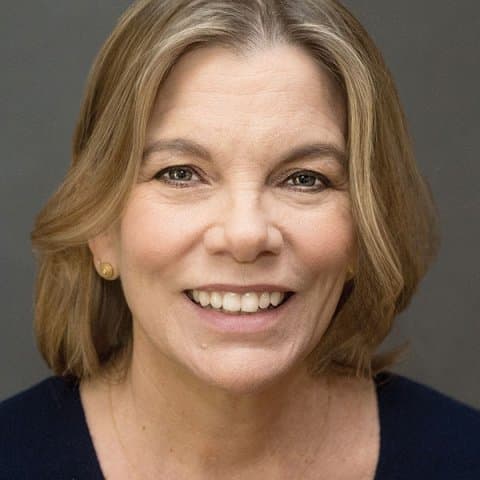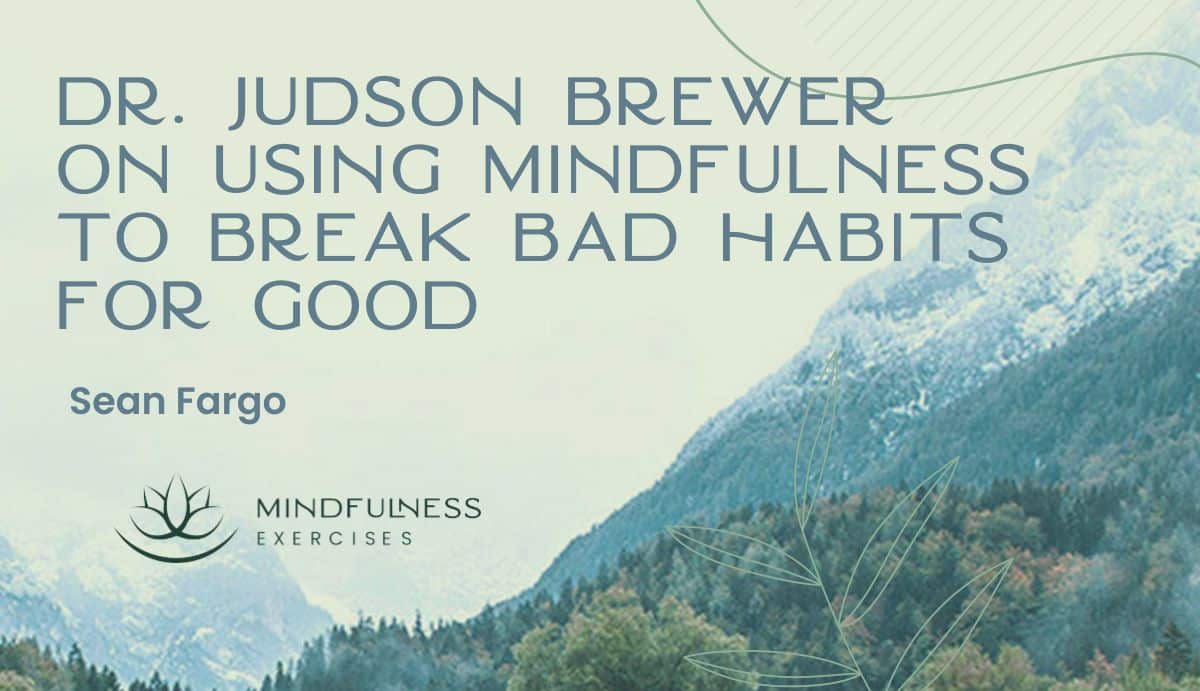Listen now

What would the world look like if all children everywhere were introduced to mindfulness? Kids as young as three years old can understand mindfulness concepts. But teaching mindfulness to kids is quite different from teaching to adults. It takes a special skill set and understanding.
In this episode, we hear from best-selling author and world-renowned expert on mindfulness for kids and teens, Susan Kaiser Greenland. Susan talks about the ABCs of mindfulness for kids - attention, balance and compassion. She offers actionable insight regarding how to teach mindfulness to children in a fun and accessible manner.
Listen and learn more about how to help kids connect to the transformative power of mindfulness.
This talk is a brief excerpt from Susan Kaiser Greenland’s guest teacher presentation to those enrolled in our Mindfulness Meditation Teacher Training Program. Learn more about this unique, online, self-paced certification program at mindfulnessexercises.com/certify
What You’ll Learn in This Episode:
Show Notes:
The Inner Kids program and the ABCs of mindfulness
The Inner Kids program is a hybrid of classical mindfulness and meditation practices adapted for children. It was one of the first mindfulness programs in education, originally taught by Susan in Los Angeles area schools. A 2008 study found that after the 8-week training in mindfulness awareness practices, children who started out with poor executive functioning showed improvements in behavioral regulation, metacognition, and overall global executive control. So what were they learning? The ABCs of mindfulness.
“The qualities of attention, balance and compassion, what I call the ABCs. Now, this isn’t a linear progression, very little in mindfulness is linear; it’s much more of a spiral almost, as far as everything interconnecting and spiraling through each other. But generally speaking, we start with attention, we move to balance - as in emotional balance - and on to compassion.”
Why focus is central to the development of other life skills
Training in focus and attention is the foundation of mindfulness, for both kids and adults. Even outside of formal practice, focus supports learning additional life skills. Thankfully, this is a trainable quality, as are balance, compassion and the many other life skills that build on the ABCs.
“So we have a strong sense of focus or attention, and then that helps us quiet our nervous system. And when our nervous system is quieter, we can start to see what’s happening within and around us more clearly.”
The methods used to teach mindfulness to kids
Susan’s Inner Kids mindfulness program uses many of the same methods that adults who practice mindfulness are familiar with. This includes mindful movement, analytical methods, concentration methods, visualization, and open awareness practices. Some of these methods, however, are more suitable for kids over a certain age.
“Some of these methods, especially the method of open awareness, is one that requires a certain developmental capacity that tends not to come online with children until maybe around 4th grade, sometimes a little earlier, sometimes a little bit later. Sometimes adults have a very hard time with open awareness. [...] The other ones are practices we do with children as young as three.”
Teaching universal themes using the scientific method
With the ABCs as a foundation, kids learn six vital social, emotional & academic life skills in the Inner Kids program. These are presented among universal life themes that make up a wise and compassionate world view. Themes include kindness, connection, accepting change, and interdependence. An experiential learning model closely follows the scientific method.
“We teach or lead classes in a sequence that closely tracks the scientific method, which is play, practice, share and apply. [...] So we talk about what the practice was like for them, and then we apply. So how could this help you? How could this mindfulness of breathing, how could this movement practice, how could mindful listening help you in a real life situation?”
Why fun comes first when teaching mindfulness to kids
When sharing mindfulness with kids, we want them to have fun. If they enjoy mindfulness training, they’re more likely to practice throughout their lives. But also, playfulness helps kids learn. Research shows that for kids, play and learning are deeply interconnected.
“When kids come to practice from a more playful place they tend to be more able to be open to the experience. They tend to already be a little relaxed. Then we practice, we play a mindful game either sitting or standing or lying down, then we share.”
Integrating mindfulness for kids into daily life
Not only are the takeaways from the Inner Kids mindfulness program applicable to daily life, but the mindful activities themselves can be integrated into day-to-day moments. Parents have trouble fitting in their own daily meditation practice, let alone making time for an additional activity for their children. So, Susan’s mindful games can take place during carpool, while waiting in line, and in everyday situations.
“So these are the types of activities that we try to give parents and teachers that they can integrate into what they’re already doing. One, that makes mindfulness very much just a part of daily life. And another, is it makes it easier for parents and teachers to really bring these practices to home and school as opposed to giving them just something else that they need to do on top of a very very busy work and home day.”
The importance of experiential learning
Talking in the abstract about things like wonder and awe is not only boring, but can make these topics feel dry. Instead, we can point out wonder and awe in the moment, as it is happening. When a child finds wonder in something they observe, we can help them go deeper by asking questions about what it is they notice. A very good place to do this is when out in nature.
“And if you think of the very early teachings in the classical mindful traditions, the very first one was basically learning about real world specifics. So, in nature with kids, if they’re seeing that snail walking across the rock, you know you can say, ‘Wow, isn’t that awesome! Isn’t that magical!’ And just start talking about it.”
Trauma-informed loving-kindness practice for kids
Just as open awareness practices aren’t suitable for kids under about 10 years old, we should also take care when presenting loving-kindness practices to small children. Many young kids find it very difficult, if not impossible, not to conflate sending well-wishes to somebody with liking them.
“This is really key, especially if we’re talking about trauma informed practices for children or for the classroom. We never want to be in a position that we are encouraging kids or inadvertently planting the idea that we want them to tolerate discomfort, or that it’s ok for other people not to treat them well. [...] And when they’re very little we just don’t talk about wishing people well who might be getting on our nerves or who might be bugging us. Although we will talk about wishing everyone and everything well.”
How can you tell if you have a mindful child?
Many parents understandably want to know what to look for when assessing mindfulness in their children or their schools. For Susan, mindfulness is simply kindness to ourselves, to others, and to the world around us.
“There’s all of these things we’ve been talking about. Attention, balance, compassion, self-regulation, these different universal themes. But ultimately, how does it [mindfulness] show up and how have I personally seen it show up in the world? It comes out through kindness.”
Additional Resources:

About Susan Kaiser Greenland:
Susan Kaiser Greenland is a globally recognized leader in teaching mindfulness to kids, teens and parents. Susan is a best selling author and her books have been translated into 11 languages. Her first book, The Mindful Child, helped pioneer activity-based mindfulness for kids. Her second book, Mindful Games, offers simple explanations of complex mindfulness concepts, methods, and themes while expanding upon her work developing activity-based mindfulness practices. Susan has also recorded a series of brief guided meditations for adults entitled Mindful Parent, Mindful Child.
Susan developed the Inner Kids model while volunteering in public schools teaching secular mindfulness. Inner Kids is a hybrid of classical mindfulness and meditation practices adapted for children and is one of the first mindfulness programs in education. Susan and her husband, author Seth Greenland, founded The Inner Kids Foundation, a not-for-profit organization that taught secular mindfulness in schools and community-based programs in the greater Los Angeles area from 2001 through 2009. Research on the Inner Kids elementary school program was published in the Journal of Applied School Psychology.






